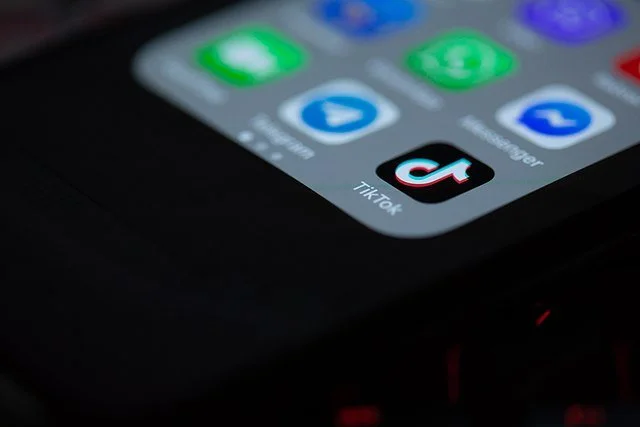OPINION: TikTok has done irreversible damage to attention spans
Photo via: Feyissa/Public domain/Wikimedia Commons
The mental image of a video being played with a different clip of soap cutting right under the main video has become burned into the minds of many users on TikTok. However, the attention spans of millions around the world have diminished since the app gained mainstream prominence. There are numerous reasons for the shrinkage, but the biggest one that is clear is that the short, easy-to-watch videos that made TikTok so popular with young people are the same reason that its demise is not the worst thing.
Dr. Gloria Mark and her team at the University of California-Irvine conducted an experiment to determine the sheer amount of reduction of the attention spans of teens. In 2004, the average attention span was more than two and a half minutes. In 2012, that number was down to 76 seconds. By 2024, that figure was nearly cut in half to just 46 seconds.
Mark found that the constant switching between tasks and apps is an integral reason for the lowered attention spans. The one thing that TikTok has done is deliver different “tasks” or videos instantaneously with each of them lasting an average of 35 seconds. Users who scroll for just thirty minutes can, in theory, watch almost 50 videos.
TikTok has a reported 1.5 billion users across the globe. On average, those users spend an average of 95 minutes per day on the app. Children, though, are likely seeing the worst of the diminished attention spans. “TikTok Brain” is a term coined by psychologists that explains the dopamine effect that occurs when short bursts of videos are consumed by an adolescent brain. The impact of this is worsened academic performance and emotional instability.
The issue with the decreased attention spans is that there are no obvious solutions. TikTok made a feature that alerts users when they have been watching for an extended period, but turning off the notifications pushes aside the warning. Lawmakers are trying to find solutions and the first was to remove TikTok from the equation. Putting restrictions on phone use could help, but nothing is certain as there is not enough research for any definitive conclusions to be drawn.
Attention spans are never going to be the same after the advent of TikTok. The brains of millions of people have been forever altered and transformed for the worse. The short and addictive dopamine hit that comes from watching videos that come up and go away in seconds supersedes any sort of productive work that can be done instead and creates a feeling of apathy and laziness that permeates the next generation.
Taking away TikTok is certainly going to help stop the bleeding, but the damage done to the brains of millions of children around the world is something that cannot be overstated. In the coming years, there will likely be another version of TikTok, like there was with Vine, the app that predated TikTok.
The platforms that take the place of TikTok in the future may have similar impacts on attention spans, unless developers take this issue into account and take steps to make their platforms healthier for users.

